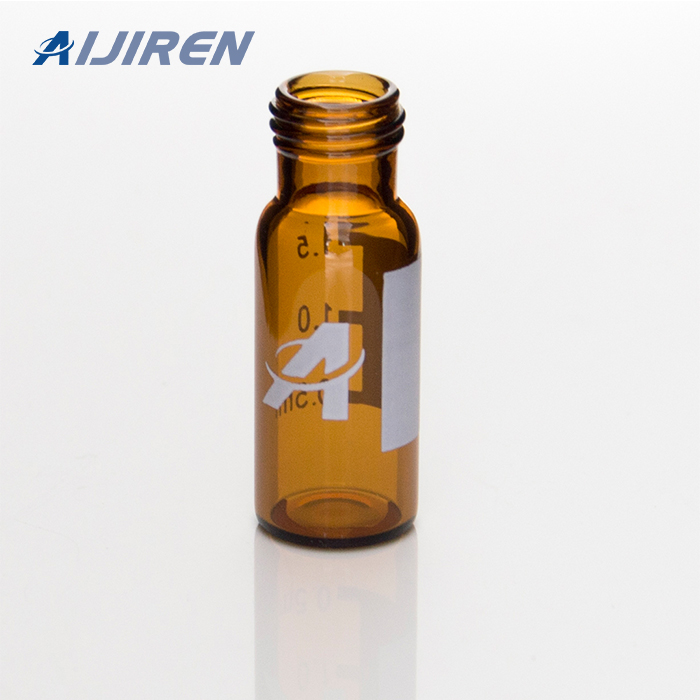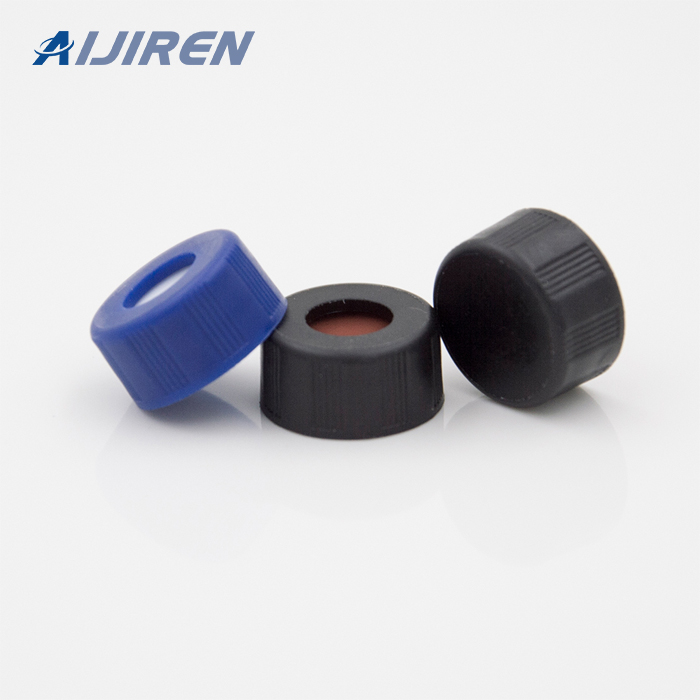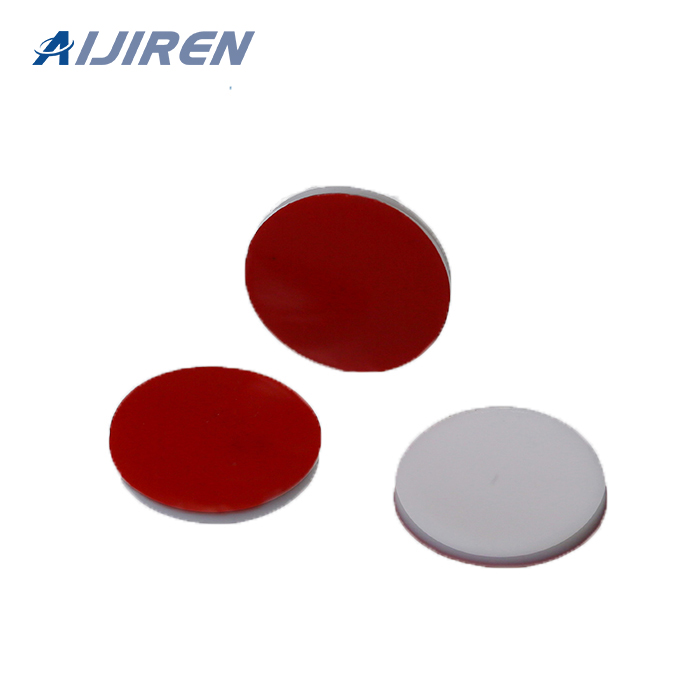








Only steps 1 and 4 (sample collection and preliminary sample processing) will be briefly explained here. See References 1-4 for an explanation of steps 2, 3, and 5. The bulk of this book will be devoted mainly to Steps 6-9 of Table 1.1, which encompasses what is usually meant by sample pre-treatment or sample preparation (“sample prep”).
Sep 5, 2014 · Carryover results from the aspecific adsorption of analyte(s) to parts of the analytical system and thus introduces bias in both identification and quantification assays. Moreover, nonspecific binding occurs at the surface of materials used during sample preparation, such as pipette tips, sample tubes and LC-vials.
Dec 1, 2021 · The non-specific adsorption (NSA) of protein to the surfaces of microfluidic channels is a serious problem in many lab-on-a-chip devices [1], [2], particularly in affinity biosensors involving complex biological fluids ( e.g ., blood products such as plasma and serum, mucous, nasopharyngeal fluid, urine, etc) [3].
In this issue, I focus on sample adsorption to containers, a problem often overlooked by many analysts, hoping to contribute towards improving analyses using LC/MS. My writing for this issue brought back frustrating memories of sample adsorption to containers.
The appairent linearity and reversibility of these reactions suggest that the interaction energy between virus and adsorbent does not change substantially as a function of the loca- tion on the surface where adsorption takes place. ! Adsorption free energies, calculated from Eq. 3, are listed in Table 2.
Adsorption is the adhesion of atoms, ions or molecules from a gas, liquid or dissolved solid to a surface. [1] This process creates a film of the adsorbate on the surface of the adsorbent. This process differs from absorption, in which a fluid (the absorbate) is dissolved by or permeates a liquid or solid (the absorbent ). [2]
Jul 8, 2021 · In addition, acid washing, thermal treatment, and pillar bearing could enlarge the pore size, pore volume, and specific surface area, leading to a remarkable increase in the adsorption efficiency 22.
Jan 31, 2022 · Using an appropriate pre-treatment, such as surface modification or coating of the inner vial surface after the vial forming process the glass container quality is often improved and interactions
adsorption. The ultimate in favorable isotherms is irrevers-ible adsorption, where maximum adsorption is reached at very low partial pressures. Note that an isotherm that is favorable for adsorption is unfavorable for desorption. In particular, the most favorable isotherm is the most difficult to desorb — hence the name irreversible. 30°C 0°C
Apr 11, 2016 · 3. Research the lab consumable you are using: Make sure lab consumables are made from high-quality plastic resins that contain low amounts of additives. Such resins are used to make chromatography
Adsorption is a mass transfer process that is a phenomenon of sorption of gases or solutes by solid or liquid surfaces. The adsorption on the solid surface is that the molecules or atoms on the solid surface have residual surface energy due to unbalanced forces. When some substances collide with the solid surface, they are attracted by these
Jul 1, 2021 · Surface Adsorption. Viral vectors can adsorb on tubing, glass, plastic, and stainless-steel surfaces during manufacturing and to the drug product container/closure, resulting in surface-induced aggregation. These physical degradation processes lead to accumulation and adhesion of protein molecules to the surfaces.
The assumption and methodology to derive the dynamic law for adsorption are similar to the theory of the two films used for absorption: the single film considered to separate the bulk of solution where adsorbate is uniformly diluted due to eddy diffusion, and the film near the surface of adsorbent, where only molecular diffusion occurs (Figure 3).
recovery, sensitivity, and reproducibility by minimizing analyte-surface interactions that can lead to sample losses. This white Figure 2. QuanRecovery Vials and Plates with MaxPeak HPS. paper will review how hydrophobic NSB can be mitigated without using carrier proteins by optimizing the sample matrix
Purpose: To evaluate the adsorption effect of a typical basic drug on the surface of glass autosampler vials. Method: Nortriptyline was chosen as a model compound to demonstrate the adsorption effect. The adsorption of this compound in autosampler vials was monitored using LC/MS/MS analysis.